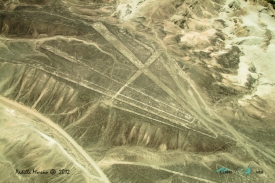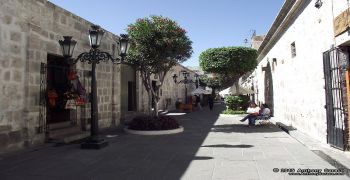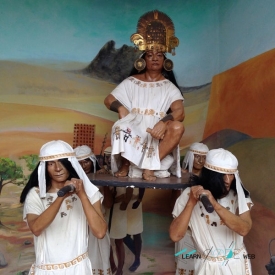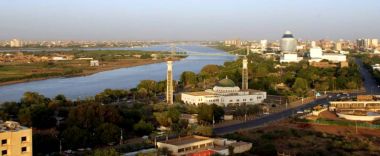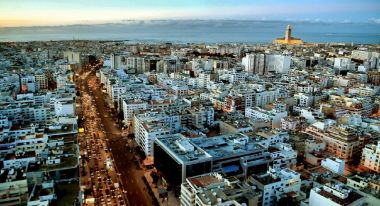ABOUT Mount Chimaera
Mount Chimaera was the name of a place in ancient Lycia, notable for constantly burning fires. It is thought to be the area called Yanartaş in Turkey, where methane and other gases emerge from the rock and burn. Some ancient sources considered it to be the origin of the myth of the monster called the Chimera, because of similarities described below.
Ctesias is the oldest traceable author to offer this euhemerizing theory. We know of this because of a citation by Pliny the Elder, who in his second book of Historia Naturalis identified the Chimera with the permanent gas vents in Mount Chimaera, in the country of the ancient Lycian city of Phaselis, which he described as being "on fire", adding that it "...indeed burned with a flame that does not die by day or night." Pliny was quoted by Photius and Agricola.
Strabo and Pliny are the only surviving ancient sources who would be expected to discuss a Lycian toponym, but the placename is also attested by Isidore of Seville and Servius, the commentator on the Aeneid. Strabo held the Chimaera to be a ravine on a different mountain in Lycia, placing it unhesitatingly in the vicinity of the Cragus Mountains, the southern part of the present Babadağ, some 75 km due west as the crow flies, and Isidore quotes writers on natural history (see below) that Mount Chimaera was on fire here, had lions and goats there, and was full of snakes over there. Servius goes so far as to arrange these with the lions on the peak of the mountain, pastures full of goats in the middle, and serpents all about the base, thus imitating Homer's description of the monster.
The site was identified by Sir Francis Beaufort in 1811, as the modern Turkish Yanar or Yanartaş, which was described by Thomas Abel Brimage Spratt in his Travels in Lycia, Milyas, and the Cibyratis, in company with the late Rev. E. T. Daniell. The discussion on the connection between the myth and the exact location of Mount Chimera was started by Albert Forbiger in 1844, and George Ewart Bean was of the opinion that the name was allochthonous and could have been transferred here from its original location further west, as cited by Strabo, owing to the presence of the same phenomenon and the fires.
Ctesias is the oldest traceable author to offer this euhemerizing theory. We know of this because of a citation by Pliny the Elder, who in his second book of Historia Naturalis identified the Chimera with the permanent gas vents in Mount Chimaera, in the country of the ancient Lycian city of Phaselis, which he described as being "on fire", adding that it "...indeed burned with a flame that does not die by day or night." Pliny was quoted by Photius and Agricola.
Strabo and Pliny are the only surviving ancient sources who would be expected to discuss a Lycian toponym, but the placename is also attested by Isidore of Seville and Servius, the commentator on the Aeneid. Strabo held the Chimaera to be a ravine on a different mountain in Lycia, placing it unhesitatingly in the vicinity of the Cragus Mountains, the southern part of the present Babadağ, some 75 km due west as the crow flies, and Isidore quotes writers on natural history (see below) that Mount Chimaera was on fire here, had lions and goats there, and was full of snakes over there. Servius goes so far as to arrange these with the lions on the peak of the mountain, pastures full of goats in the middle, and serpents all about the base, thus imitating Homer's description of the monster.
The site was identified by Sir Francis Beaufort in 1811, as the modern Turkish Yanar or Yanartaş, which was described by Thomas Abel Brimage Spratt in his Travels in Lycia, Milyas, and the Cibyratis, in company with the late Rev. E. T. Daniell. The discussion on the connection between the myth and the exact location of Mount Chimera was started by Albert Forbiger in 1844, and George Ewart Bean was of the opinion that the name was allochthonous and could have been transferred here from its original location further west, as cited by Strabo, owing to the presence of the same phenomenon and the fires.



